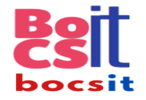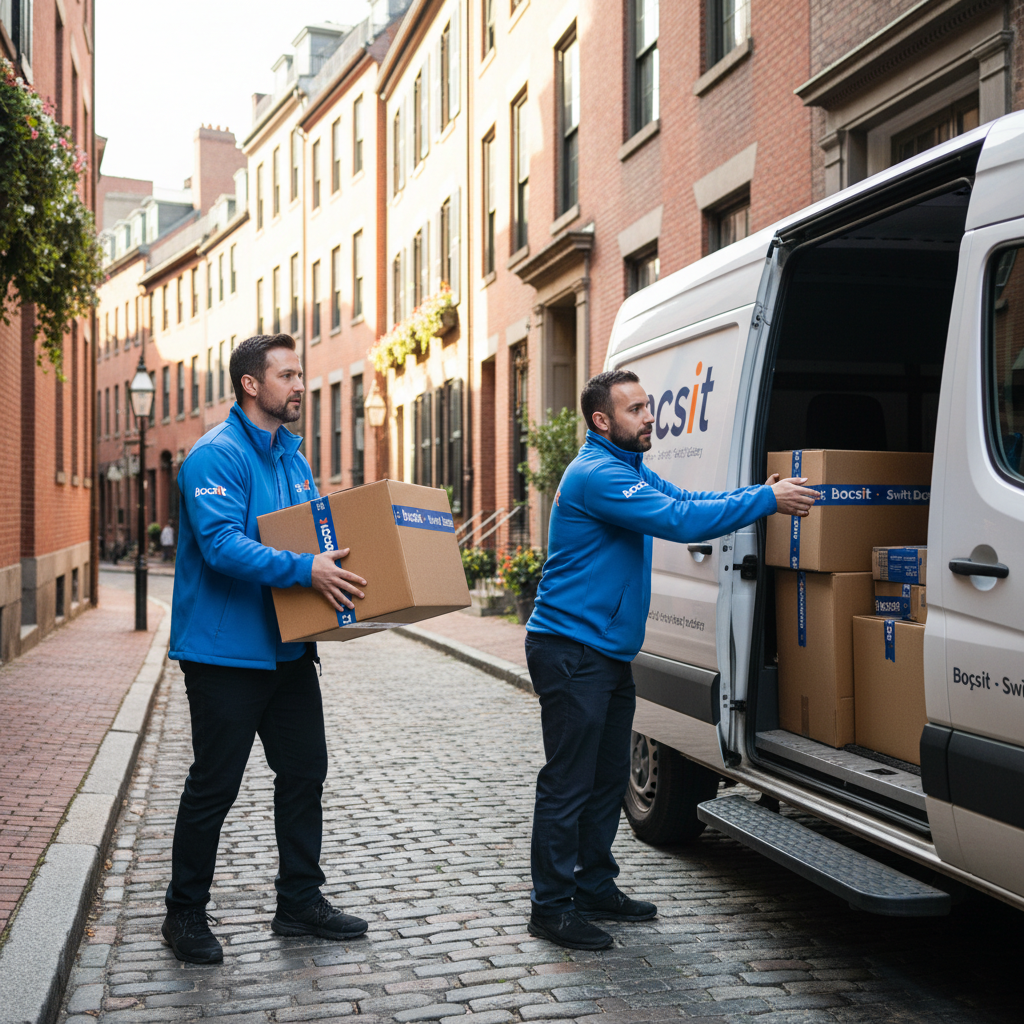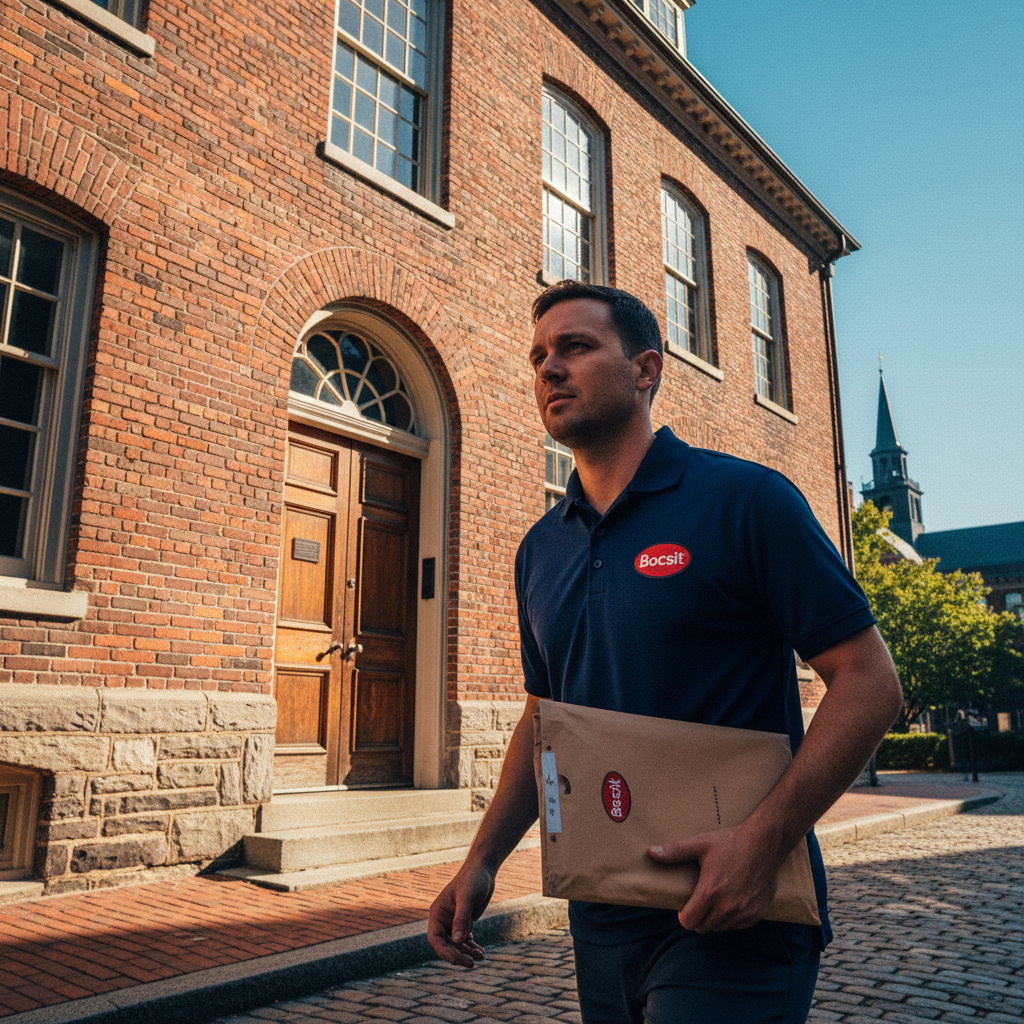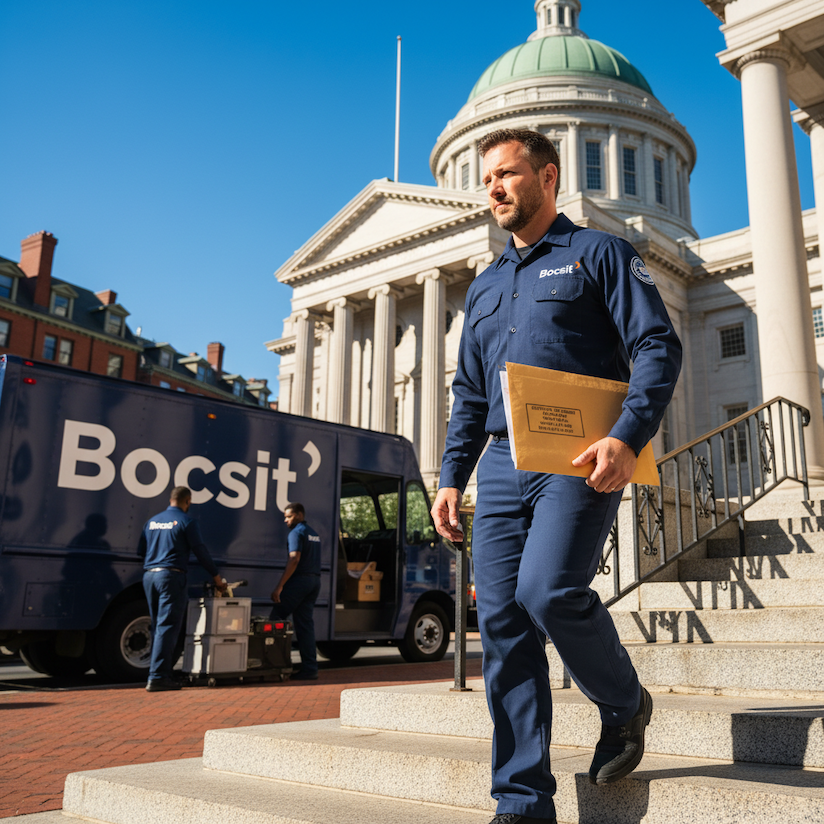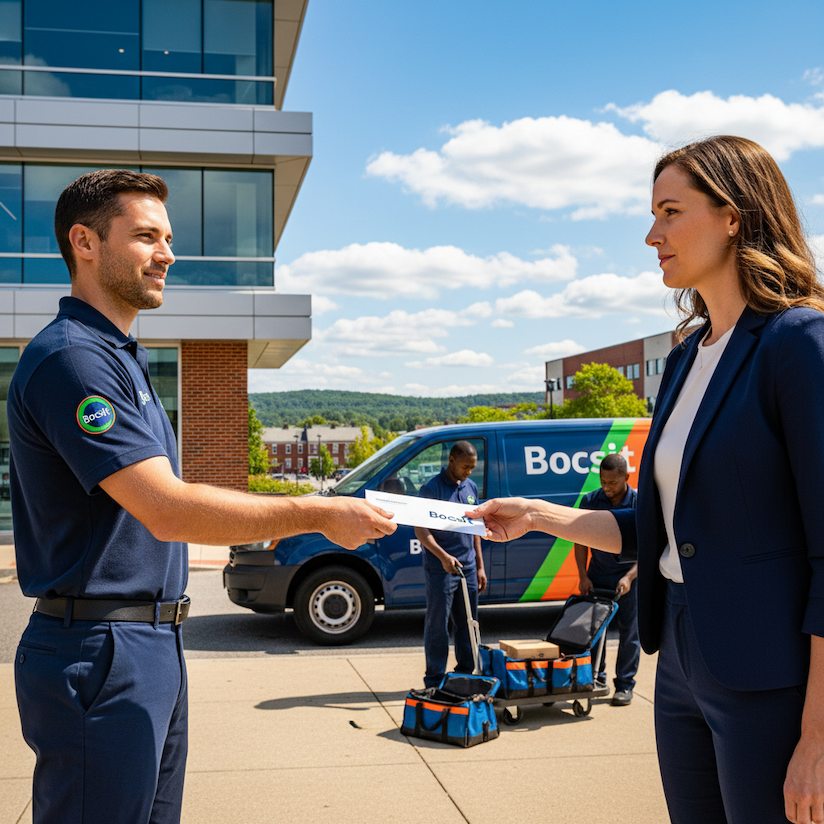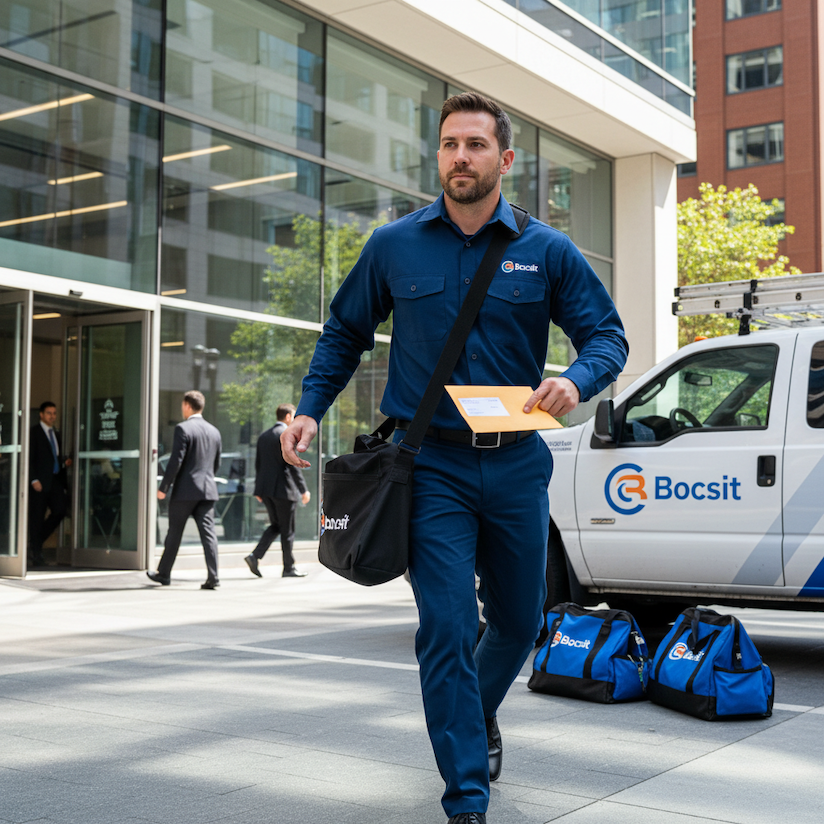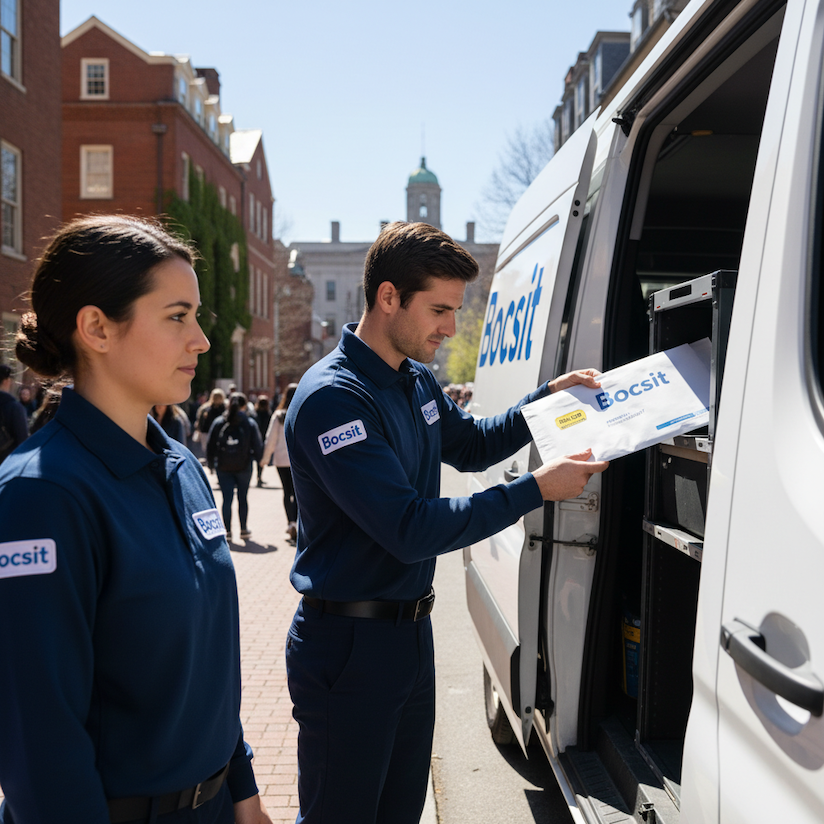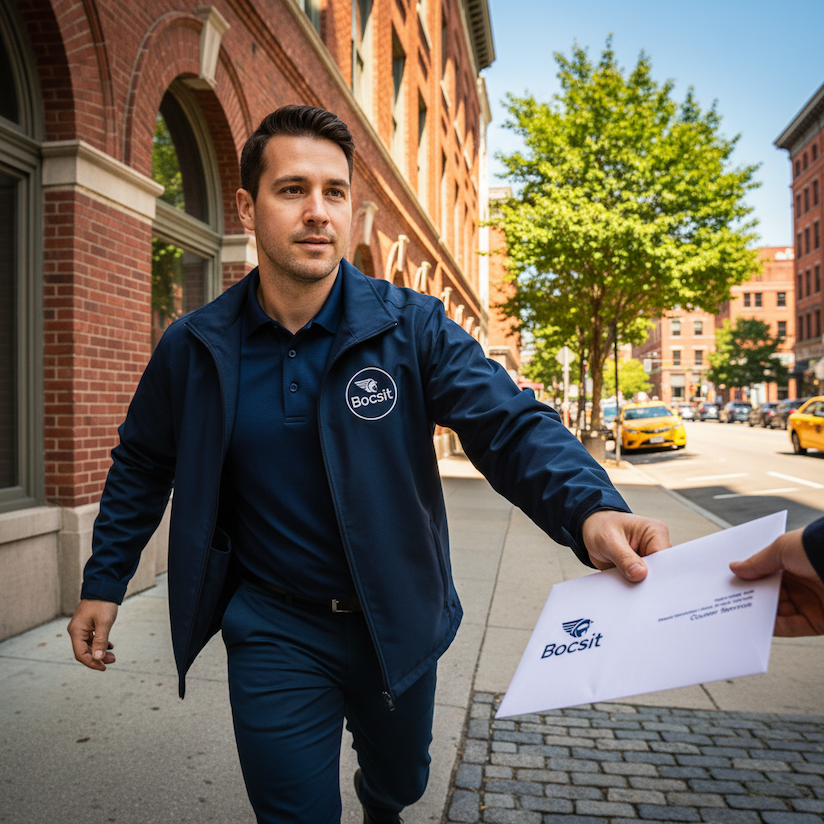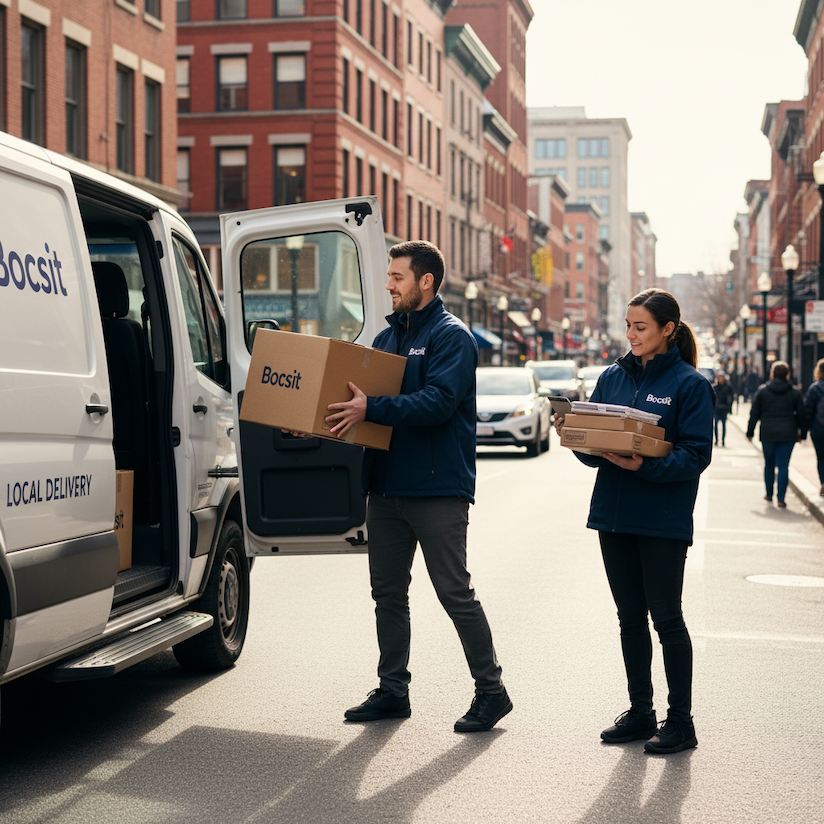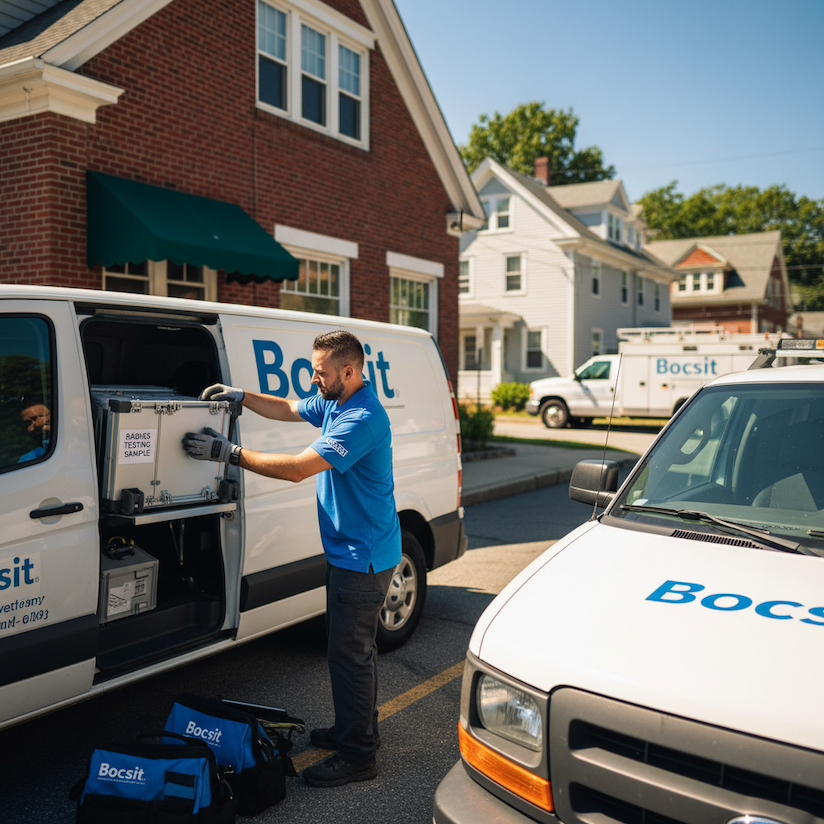Securing Pharmaceuticals during Transit: Best Practices for Medical Couriers
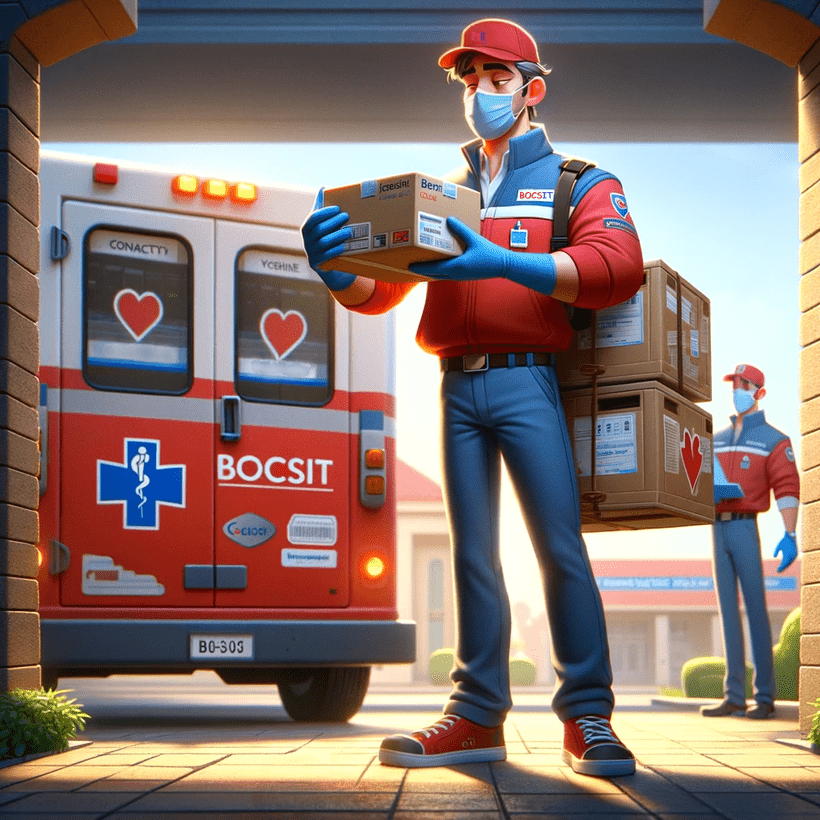
In the pharmaceutical industry, the secure and compliant transportation of medications is a critical component of healthcare delivery. Ensuring the integrity and safety of pharmaceuticals during transit not only adheres to regulatory standards but also safeguards patient health. Medical couriers, therefore, play a pivotal role in the healthcare supply chain, tasked with the responsibility of handling sensitive medications under stringent conditions. This blog outlines the best practices for medical couriers to ensure the secure transportation of pharmaceuticals.
Understanding the Importance of Secure Pharmaceutical Transit
The transportation of pharmaceuticals presents unique challenges, including temperature control, security against theft or tampering, and compliance with regulatory guidelines. The consequences of failing to meet these challenges can be severe, including the degradation of medication efficacy, risk to patient health, and legal repercussions for healthcare providers and couriers alike.
Best Practices for Medical Couriers
1. Adhere to Good Distribution Practice (GDP) Guidelines
Good Distribution Practice (GDP) guidelines are set forth by regulatory bodies to ensure the quality and integrity of pharmaceuticals throughout the supply chain. Medical couriers should be thoroughly trained in GDP principles, including proper handling, storage, and documentation procedures.
2. Maintain Strict Temperature Controls
Many pharmaceuticals, including vaccines and biologics, require specific temperature ranges to remain effective. Medical couriers should use validated thermal packaging and temperature monitoring devices to ensure that medications are transported within their required temperature ranges. Real-time monitoring and alerts can also help couriers respond quickly to potential temperature excursions.
3. Implement Robust Security Measures
The risk of theft or tampering with pharmaceutical shipments is a significant concern. Couriers should employ security measures such as tamper-evident seals, secure transportation containers, and GPS tracking. Additionally, protocols should be in place for the secure handover of medications, ensuring that they reach the intended recipient without interference.
4. Ensure Proper Documentation and Traceability
Accurate documentation is crucial for regulatory compliance and traceability in the event of a recall or investigation. Couriers should maintain detailed records of the transportation process, including temperatures logs, delivery times, and recipient acknowledgments. This documentation should be readily accessible and securely stored.
5. Stay Informed on Regulations and Best Practices
Regulatory requirements for pharmaceutical transportation can vary by region and are subject to change. Medical couriers must stay informed on current regulations, including those related to cross-border shipments, hazardous materials, and data protection. Continuous training and professional development can help couriers remain compliant and knowledgeable about industry best practices.
6. Prepare for Emergencies
Effective emergency response plans are essential for addressing unexpected situations during transit, such as vehicle breakdowns, accidents, or natural disasters. These plans should include procedures for securing the pharmaceuticals, notifying relevant parties, and mitigating potential impacts on the medication's integrity.
The secure transportation of pharmaceuticals is a cornerstone of effective healthcare delivery, requiring meticulous attention to detail, adherence to regulatory standards, and proactive risk management. By following these best practices, medical couriers can ensure the safe and compliant transit of medications, ultimately contributing to the well-being of patients and the integrity of the healthcare system. As the pharmaceutical industry continues to evolve, the role of medical couriers in maintaining the security and efficacy of medications during transit will remain indispensable.
